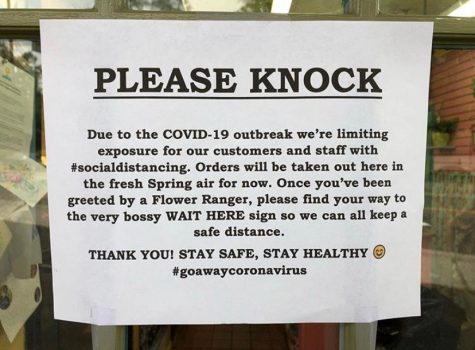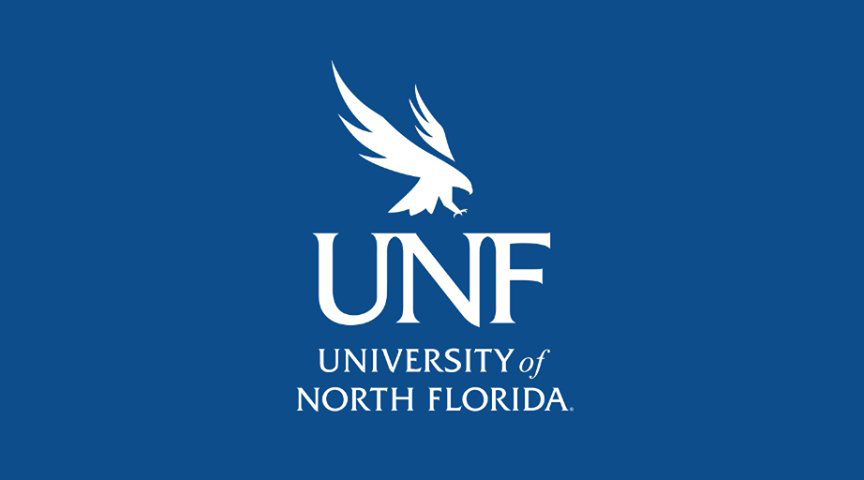Almost universally, spring is the season most associated with flowers. This isn’t just symbolic, though – a typical spring brings about many lucrative opportunities for the floral industry. This is the beginning of the wedding season in many parts of the world, and Mother’s Day (March 22 for the United Kingdom and May 10 for the United States) is one of the busiest days of the year for flower shops.
This year, instead of being sent to florists all over the world, flowers are being destroyed in the world’s largest flower market, Aalsmeer Flower Auction. The global COVID-19 pandemic has reduced the demand for flowers, as events are canceled and unemployment rates rise. Flowers continue to bloom, which means farmers must continue to harvest, but many of the flowers harvested never reach the hands of consumers. Last week, Aalsmeer reported 43,058 pieces being destroyed, according to their weekly market report. This number consisted of both cut flowers and indoor and outdoor plants.
This flower waste is also occurring domestically. San Francisco-based company, Farm Girl Flowers, reported having to throw away 150 million dollars worth of flowers on a March 25 Instagram post showing a pile of thousands of stems. Christina Stembel, the founder and CEO of Farm Girl Flowers produced an Instagram TV video stating that the Farm Girl Flowers distribution center had been ordered to close as part of the shelter in place mandate put in place in San Francisco on March 19.
Scott Shepard, former wholesaler at Cut Flower Wholesale in Atlanta, Georgia and current creator of the Flower Podcast, expresses concern about the uncertainty this pandemic has caused. “I don’t see how we can continue business as usual,” Shepard says. “We’re just now wading into this pool. I don’t think we fully know the impact this is going to have.”
But wholesalers represent just one part of the floral industry. After suppliers come the small businesses that are dependent upon their community’s need for cut flowers: retail flower shops and event floral designers.
Of course, with many people suddenly left unemployed, the last thing on their minds is buying flowers from retail shops. “Discretionary spending is one of the first things that’s impacted, and that always hurts the floral industry,” Shepard says. “Right now people are more concerned with toilet paper than tulips.”
Several shops have developed creative ways to continue business while remaining socially responsible and adhering to recommendations from the Center for Disease Control. St. John’s Flower Market in Jacksonville, Florida transitioned to an outdoor shop, where customers can pull up and decide what they’d like from the safety of their cars. They also implemented free non-contact delivery to drive sales. However, Jacksonville mayor Lenny Curry ordered all non-essential businesses to close, which includes St. John’s Flower Market. General manager Katrina Thiesen is already thinking about the long-term impacts this closure could have. “I’m worried it will continue through Mother’s Day, which is what carries us through summer,” Thiesen says.

Still, other floral designers derive their income solely through events. As of March 15, the CDC recommended canceling or postponing events with more than 50 people to prevent the further spread of the virus. This dashed the hopes of many spring brides as well as the incomes of their chosen florists.
Freelance florists have also experienced a blow to their income with event cancellations. To combat this, New York City florist Kathryn Hinish, known as Flowerwitch, organized a Go Fund Me. New York freelance florists can apply for funding that’s made possible by donations. “I will be focusing on the NYC area to start, as this is the area that has fostered my growth as a florist and I want to support this community as best I can,” Hinish says on the GoFundMe page.
The floral industry has experienced its ups and downs with events in the past. Shepard cites 9/11 as one example of a hit to the industry when flower availability was shaken as flights were grounded. However, an event of this global scale is unprecedented for the industry and the future effects of this pandemic are an unsettling unknown for farmers, wholesalers, and florists worldwide.
Despite these hardships, the overall attitude of the floral community is one of kindness and support towards each other. Social media has become a place for florists of all different nationalities and backgrounds to come together and learn from each other. Facebook groups for florists are booming every day with floral industry professionals sharing their experiences, strategies, and resources. People on Instagram are using hashtags such as #onebloom created by florist Holly Chapple to view flowers as a symbol of hope.
Rachael Ann Lunghi, owner of Siren Floral Co in Southern California, is bringing florists together and sharing her skills by hosting bouquet and centerpiece classes on Instagram live videos. “Let’s keep flowering together even though we are distancing,” Lunghi said in a recent Instagram post. These videos gather hundreds of florists per session who interact with each other through comments, sharing tips, and support.
Many florists have even recognized the public’s need for beauty and given away flowers once intended for high-budget weddings or events. Ann Evans of Cypress Floral Design in Downtown Jacksonville donated centerpieces that were originally made for an event to small businesses around the city.
Shepard also shares this hope for the floral community. Recently, his podcast interviews have been focused on providing much-needed advice and encouragement for listeners. Above all, Shepard believes that floral designers, wholesalers, and customers need to communicate and show each other grace during this time. “We just need to be a little more gentle and a little more caring and not quite so cold,” he says.










